
'La quête du dragon', the opening show.
As the days at the Festival International des Arts de la Marionnette – ManiganSes pass by, one gets more and more seduced by its excellent mood and the daily surprise of seeing a top quality show. Its Artistic Director, Éric Chalifour, has combined old, almost classic productions with newer proposals. Besides, these last ones are conceived pretty much out of commercial standards or they require a special attention from the audience. The whole program asks to raise one’s expectations indeed.
A festival of this kind, a featured reference within the world of puppets both renowned internationally and strictly linked to its region, would be impossible without strong economical and political supports. So even before the official opening last thursday, Blaise Gagnon, ManiganSes Director-General, thanked all the partners that make it possible, local services and companies, and, among others, Télé-Quebec and the group Théâtre de la Pire Espèce. They are the theatre company that has brought to Jonquière – Sanguenay a personal tribute to the figure of Felix Mirbt (read the article about the exhibition and the show here). At the presentation of the exhibit and the Festival, Gagnon finished his speech saying it was an honor to open with Mirbt’s rich imagination. He also declared himself highly satisfied this could happen at the Centre National d’Exposition. After him, Sylvain Gaudreault, deputy of Jonquière – Saguenay, expressed his absolute respect for all the organization team and publicly renewed the support given by the government to the Festival.
The public opening was one day after, though. A giant marionette was the official kickoff of the Festival. It was the show ‘La quête du dragon’, staged by Louis Gagné. Just by the river Aux-Sables, a crane-manipulated dragon represented both the wilderness of the fantasy and the human continuous attempt to tame its own imagination. The dragon-marionette had a lot to do with several acrobats, trapeze artists (hanging from the dragon’s mouth), jugglers… The wild and the unknown (the puppet) face-to-face with the discipline (circus acts), both pointing at the human limits. The water of the river underlined this symbolic performance as a poetic mirror for the dragon’s fire and human lights.
Some featured shows
The first block of the Festival is over. Along these first days, we have seen the breathtaking virtuosity of Yeung Faï, 5th generation of puppeteers. In his ‘Hand Stories’, he stages the transmission of knowledge between generations and the interferences in his family produced by the big history facts. Migration from China to the West is one of the last chain links of the story, but not the end. Based mainly on glove puppets, the show does not leave apart other scenic languages like video projections or acting, and that is the way he creates a tale full of nuances, rhythm and the necessary tension, with the help of his assistant Yoann Pencolé. In one hour, we saw glove puppets fighting with lances and swords, with fists and feet, or changing their clothes themselves; we saw them almost abandoned; we saw Faï’s father in video, working, and become a puppet in a halved table, doing forced labor; we saw the anonymity of the artist in the West, a funny angel and finally a master class.

Yeung Faï.
Catalan puppeteer Jordi Bertran and his assistant, Carles Codina, are both virtuous of string puppets. (Read more about Jordi Bertran here and at Putxinelli.cat). They performed twice ‘Life in the Strings’ in a beautiful café-theatre, absolutely appropriate for a marionette cabaret like this. The audience was delighted! Indeed, Bertran adds to his virtuosity a charming sense of humor and smartly combines peaceful poetic numbers (Ophelia, Charles Chaplin’s Dream, The forces of the universe) with comic interventions (Clandestino, The guitar player hands, the hard-rocker Elvis Pelvis and the final surprise of the show).
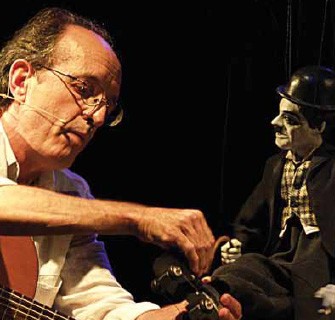
Jordi Bertran performing 'Life in the Strings'.
Before that though, Bertran and Codina performed at the nighttime Hydro-Cabaret an excerpt of ‘Visual Poems’, with the technique of rod puppets. The number dedicated to the letter T, also known as ‘Little good man of foam’, owes its success, besides the reality that the two manipulators give to the T-shaped puppet, to its straight humor. In fact, in both performances, Jordi Bertran takes a lot of traditional circus clown acts: repetition of attempts failed before a success, the crescendo of all sketches… In the case of ‘Little good man of foam’ the relation between the puppet and the guitar player is organized exclusively according to this.
Christian Carrignon, from Marseille, France, brought his ‘Théâtre de cuisine’ —the oldest show in the Festival, as he stated. Its premier was 33 years ago. So obviously, a so much lasting show like this cannot be just regular —it is good, very good. It is pure object theatre for all ages. A day in the life of a small town performed by cans, caps, lids and bottles, and manipulated with wire rods from under a kitchen table.
After the show, Carrignon gave a conference about the object theatre, a very easy-speaking and interesting lecture that included the performing of some excerpts of different shows. (To be published soon.)

Christian Carrignon's 'Théâtre de cuisine'.
One more solid show with 10 years of performing worldwide: ‘Nosferatu’, by Bob Théâtre, from France. Julien Mellano and Denis Athimon act as the young notary Hutter, his wife Ellen, the Count of Orlock and the Doctor at the same time they manipulate light bulbs and lamps in a world made of domestic appliances. The story of Dracula is revisited with an exciting sense of humor, constantly using objects as a metaphor of every character in Nosferatu’s tale: the light of one character’s bulb can be more intense if it is excited, or nervous, or it can be completely off if Dracula has slurped all its blood; a servant is a vacuum cleaner, Count of Orlock’s room is a refrigerator, and, of course, all characters work with a two pin plug.
Punch and Judy, in their 350th anniversary (see this article) have arrived to Quebec too, and they have even become francophones! The family company Tenon Mortaise, from Quebec, have adapted the traditional performance to a new audience, but changed little: it remains a cynic, funny prank.

Tenon Mortaise's Punch and Judy.
Shows for all ages have had here, in Jonquière – Saguenay, a very good representation: ‘Paul Flou’, by the Quebec company Théâtre Sous la Main. Blaise Gagnon introduced the show as a “delicious staging” —and he was right. Built with recycled materials, the puppets play on a small table separated in two halves, one scene in the front and another one looking backwards. This way Karine St-Arnaud and Stéphanie Blais can make the main character, Paul Flou, jump from one space to the next one just by turning the table. This is how Paul Flou goes from his house into the forest looking for a special gift for his grandmother, a family tale that gets to capture the empathy of children.

'Paul Flou', by Théâtre Sous la Main.
The company Théâtre Sous la Main is definitely committed with objects theatre. They want to give daily life things a new value, an artistic form beyond their primary use, so they make explicit their way of recycling easy objects into puppets. At the end of the show, Karine St-Arnaud and Stéphanie Blais show the children how to do it.
One of the newest shows on 12th edition of ManiganSes was ‘Daïdalos’, by La Tortue Noire, from Quebec. Taking the Greek myth of Daedalus and the Labyrinth, this Canadian company stages a story that could be summarized with the verses of the Spanish poet Antonio Machado: “Wanderer, the is no road, // The road is made by walking”. A 60 minutes show of pure exploration on the relation between humans and objects. It is a theatrical research, the deconstruction of actor’s body, its representation and the objects that hold its projection. Indeed, it has something of a semiotic experiment, a look on theatrical contents and containers: body, legs, head, walls, hat and movement interacting as separate units. The aesthetic appearance of the show is due to the labyrinth of artistic creation and its myths: the bull, the encounter, the fight.
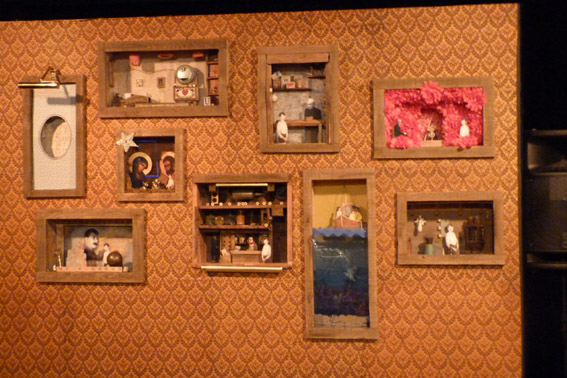
'Joseph-la-Tache', by Nouveau Théâtre Experimentel.
Finally, I do not want to close the list of highlights without talking about ‘Joseph-la-Tache’, a small form production by the company Nouveau Théâtre Expérimental from Quebec. Even if they are called “experimental”, the show is highly comprehensible, it is the amusing story of a unique boy called Joseph. With this name, he could be just anyone. Instead, he is born with a red stain in his cheek that makes him peculiar, or at least he is until the stain decides to leave. In 12 minutes, Joseph goes to catch it back, crosses different scenarios and knows other Josephs. It is simple and effective, maybe thanks to an accurate design, the details and the technique: a vertical panel decorated as the wall of a sitting room, with the different little scenes looking like pictures, and getting movement inside by the manipulation of rods and small levers from behind.



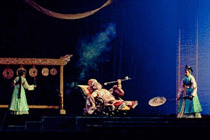







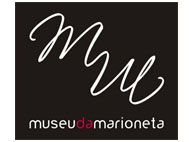


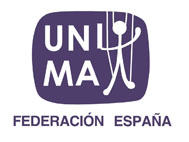








Thank you for the comment!